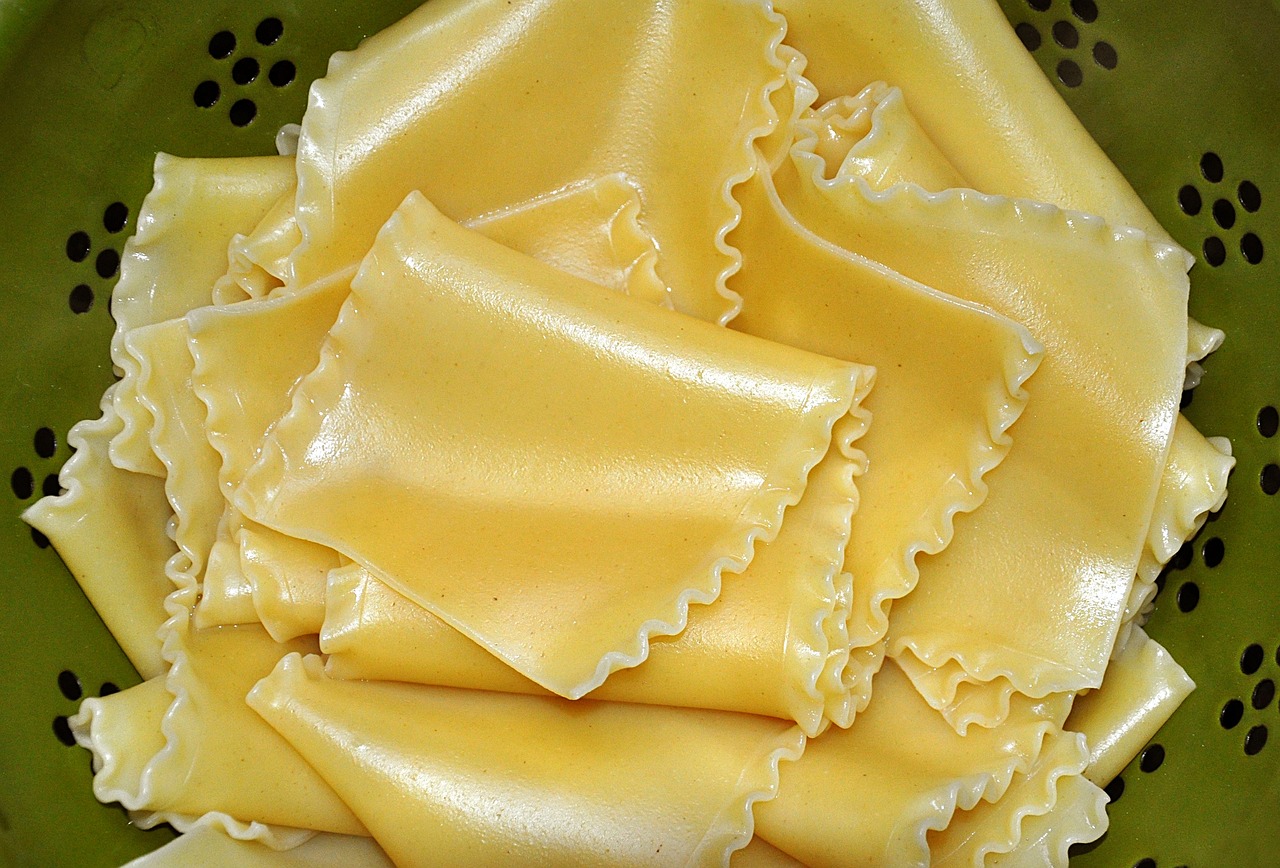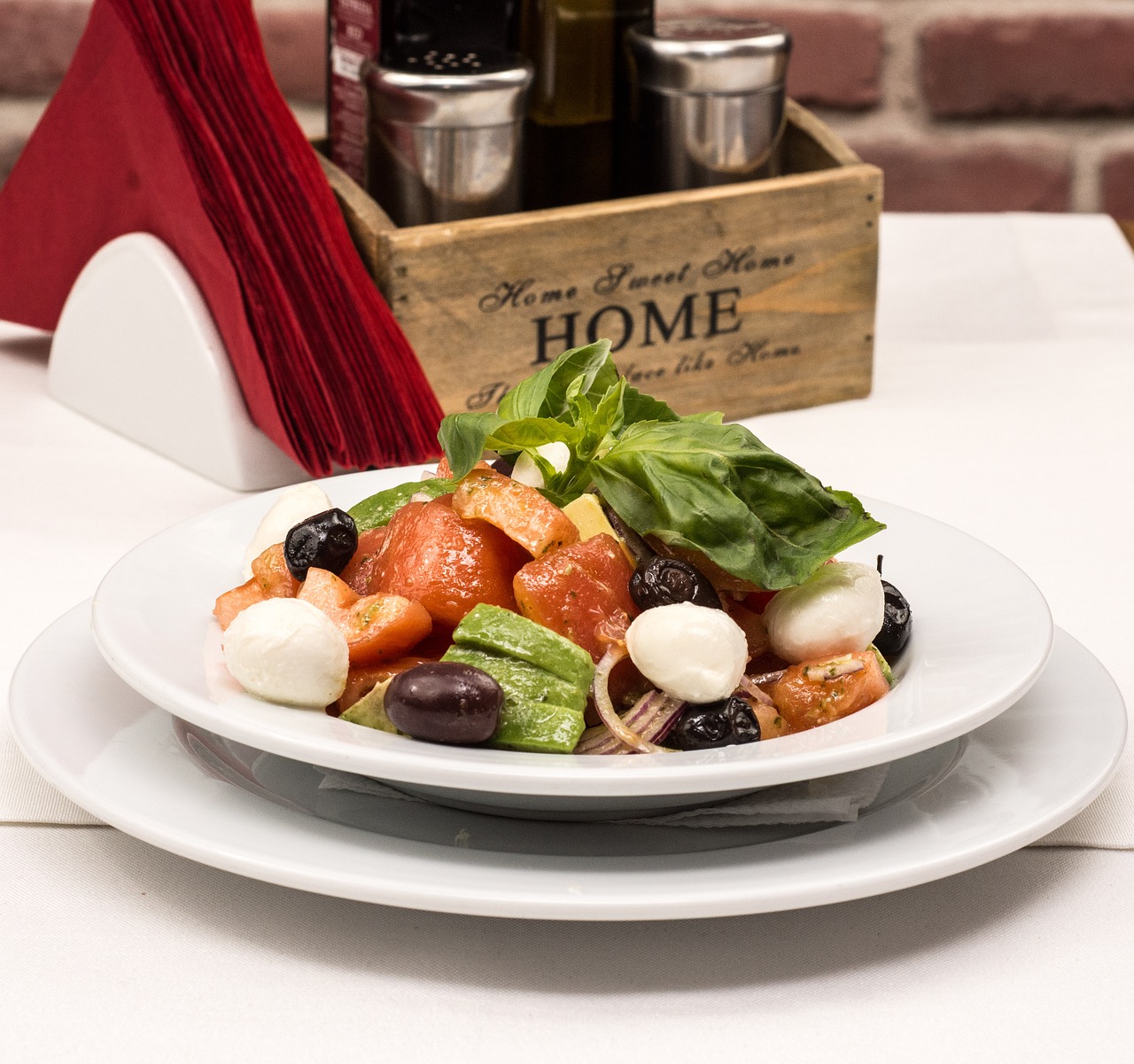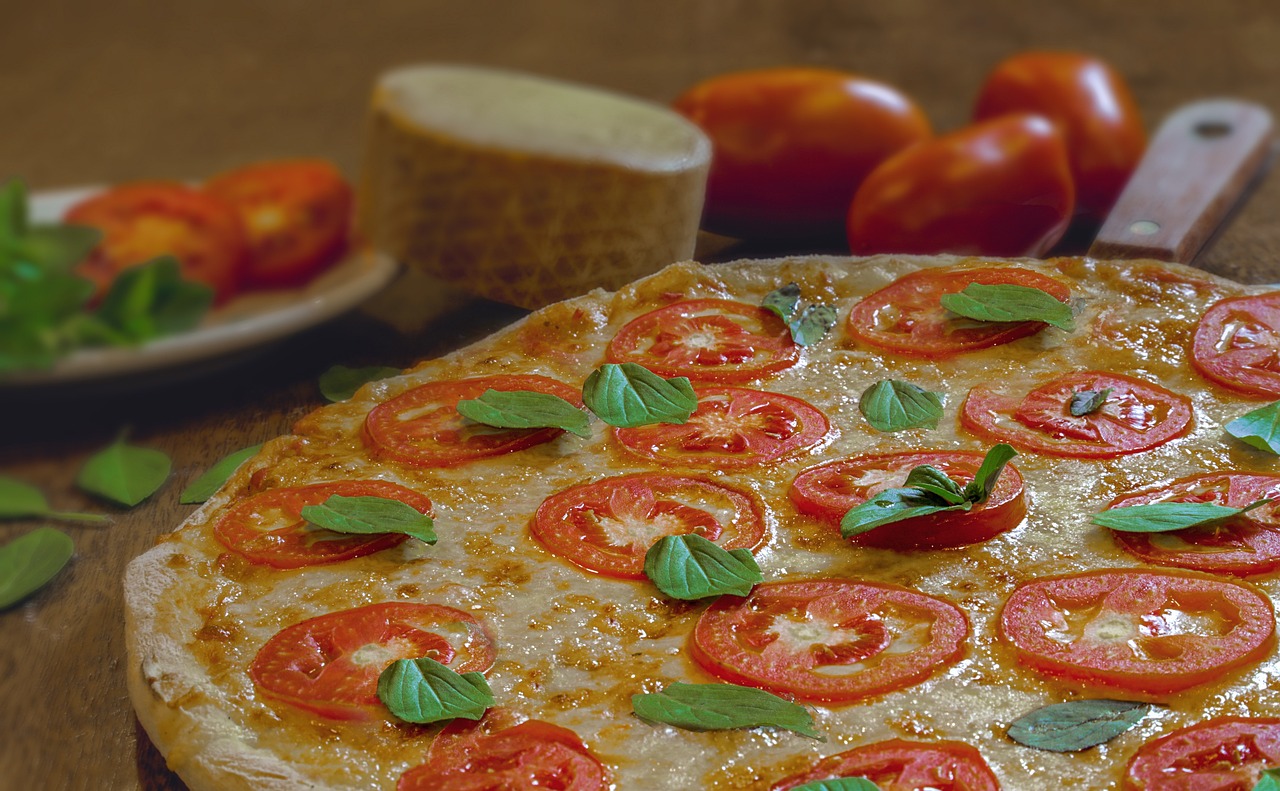Italian Chicken Cacciatore Recipe

Are you ready to embark on a culinary journey to Italy with a mouth-watering dish that will tantalize your taste buds? Let's dive into the world of Italian cuisine with this delectable . Picture this - succulent chicken pieces enveloped in a rich tomato sauce infused with the flavors of bell peppers, onions, and aromatic herbs. It's a dish that promises to transport you to the rustic kitchens of Italy with every bite.
When it comes to creating this culinary masterpiece, the key lies in the Ingredients you gather. Think tender chicken pieces, ripe tomatoes, vibrant bell peppers, aromatic garlic, and a drizzle of olive oil to tie it all together. These components come together harmoniously to create a symphony of flavors that will leave you craving for more.
Now, let's delve into the Preparation Steps that will guide you through the process of bringing this Italian classic to life. From the initial step of browning the chicken to the art of simmering it in the savory tomato sauce, each stage is crucial in building the depth of flavors that define this dish.
As you prepare to indulge in this culinary delight, consider the Serving Suggestions that will elevate your dining experience. Whether you choose to pair it with al dente pasta, creamy polenta, or crusty bread to soak up the flavorful sauce, each option offers a unique twist to enjoy the Italian Chicken Cacciatore to its fullest.
Looking to add your personal touch to this traditional recipe? Explore the realm of Variations and Tips that allow you to customize the dish according to your preferences and cooking style. Whether you opt for a spicy kick with added chili flakes or a medley of colorful vegetables to enhance the visual appeal, the possibilities are endless.
Ingredients
When preparing the Italian Chicken Cacciatore dish, it's essential to gather all the necessary ingredients to ensure a flavorful outcome. The key components for this traditional Italian recipe include:
- Chicken Pieces: Choose your favorite cuts of chicken, such as thighs, drumsticks, or breasts, for the base of the dish.
- Tomatoes: Fresh, ripe tomatoes or canned diced tomatoes can be used to create the rich tomato sauce.
- Bell Peppers: Colorful bell peppers add a sweet and tangy flavor to the dish, enhancing its overall taste.
- Onions: Yellow or white onions are commonly used to provide a savory depth to the sauce.
- Garlic: Fresh garlic cloves are a must for adding aromatic notes to the cacciatore.
- Herbs: A blend of herbs like oregano, basil, and thyme brings a Mediterranean flair to the dish.
- Olive Oil: High-quality olive oil is essential for sautéing the ingredients and infusing them with a rich flavor.
Each ingredient plays a crucial role in creating the harmonious flavors of the Italian Chicken Cacciatore. The combination of these fresh and aromatic elements results in a satisfying and comforting meal that is sure to impress your taste buds.
Preparation Steps
When preparing the Italian Chicken Cacciatore dish, it is essential to follow a series of precise steps to ensure that the flavors meld perfectly and the chicken turns out tender and delicious. Let's dive into the preparation steps that will guide you through creating this mouthwatering Italian classic:
- Browning the Chicken: Start by browning the chicken pieces in a hot skillet with a drizzle of olive oil. This step helps seal in the juices and adds a depth of flavor to the dish.
- Sautéing the Aromatics: Once the chicken is browned, add diced onions, bell peppers, and minced garlic to the skillet. Sauté them until they are soft and fragrant, enhancing the overall taste of the dish.
- Adding Tomatoes and Herbs: Pour in the canned tomatoes along with their juices. Add a generous amount of herbs such as oregano, basil, and thyme to infuse the sauce with aromatic flavors.
- Simmering to Perfection: Allow the chicken and tomato sauce mixture to simmer gently on low heat. This slow cooking process allows the flavors to develop and the chicken to become tender.
- Checking for Doneness: To ensure that the chicken is fully cooked, use a meat thermometer to check that it has reached an internal temperature of 165°F (74°C). This step guarantees that the dish is safe to eat.
- Adjusting Seasoning: Taste the sauce and adjust the seasoning as needed. You can add salt, pepper, or more herbs to tailor the flavor profile to your liking.
- Serving with Accompaniments: Once the Italian Chicken Cacciatore is ready, serve it hot with your choice of accompaniments. Whether you prefer pasta, polenta, or crusty bread, this dish pairs well with a variety of sides.
By following these preparation steps diligently, you can create a hearty and satisfying Italian Chicken Cacciatore dish that will impress your family and friends. The combination of tender chicken, flavorful tomato sauce, and aromatic herbs is sure to explode with taste and surprise your taste buds. So, roll up your sleeves, gather your ingredients, and get ready to embark on a culinary adventure with this classic Italian recipe!
Serving Suggestions
When it comes to serving Italian Chicken Cacciatore, the possibilities are as diverse as they are delicious. This hearty dish pairs perfectly with a variety of sides and accompaniments, enhancing its flavors and creating a memorable dining experience. Here are some serving suggestions to elevate your Italian Chicken Cacciatore meal:
- Pasta: Serve the tender chicken and savory tomato sauce over a bed of al dente pasta, such as spaghetti or fettuccine. The pasta will soak up the rich flavors of the sauce, creating a comforting and satisfying meal.
- Polenta: Creamy polenta is another excellent choice to accompany Italian Chicken Cacciatore. The smooth texture of the polenta contrasts beautifully with the hearty chicken and sauce, offering a delightful combination of flavors and textures.
- Crusty Bread: A loaf of crusty bread is ideal for soaking up every last bit of the flavorful tomato sauce. Whether it's a rustic Italian bread or a French baguette, the bread adds a comforting element to the dish.
Additionally, you can get creative with your serving suggestions by exploring other options like serving the Italian Chicken Cacciatore over creamy mashed potatoes or alongside a fresh green salad dressed with a tangy vinaigrette. The key is to choose sides that complement the robust flavors of the dish and enhance the overall dining experience.
Variations and Tips
When it comes to Italian Chicken Cacciatore, there are numerous variations and tips that can elevate this classic dish to new heights. Whether you're looking to add a personal touch or enhance the flavors, here are some creative ideas to inspire your culinary adventures:
- Vegetarian Twist: For a vegetarian version of Chicken Cacciatore, substitute the chicken with hearty vegetables like mushrooms, eggplant, zucchini, and artichokes. The result is a flavorful and satisfying dish that appeals to non-meat eaters.
- Spice it Up: Add a kick to your Chicken Cacciatore by incorporating spicy ingredients such as red pepper flakes, cayenne pepper, or even a splash of hot sauce. The heat will complement the rich flavors of the dish and add an exciting twist.
- Wine Pairing: Consider deglazing the pan with a dry red wine like Chianti or Merlot before adding the tomato sauce. The wine not only enhances the depth of flavor but also lends a sophisticated touch to the dish.
- Herb Infusion: Experiment with a variety of fresh herbs like rosemary, thyme, oregano, and basil to infuse the sauce with fragrant aromas. The herbs will elevate the overall taste profile and add a burst of freshness.
- Crockpot Convenience: To save time and effort, adapt the recipe for the slow cooker. Simply brown the chicken and sauté the vegetables before transferring everything to the crockpot to simmer and develop rich flavors over several hours.
These variations and tips offer a glimpse into the endless possibilities of Italian Chicken Cacciatore. Whether you prefer a traditional approach or enjoy experimenting with new ingredients, there's no shortage of ways to customize this beloved dish to suit your taste preferences and culinary style. Embrace the creative process, and let your imagination run wild in the kitchen!



 HazalVardal
HazalVardal 





